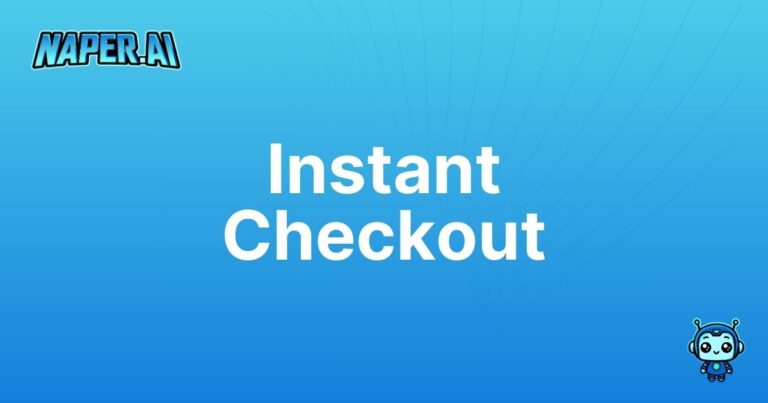Split Testing
Enhance Your E-commerce Strategy with Split Testing
Split Testing, also known as A/B Testing, offers powerful insights to enhance user experiences and increase conversions.
What Is Split Testing?
Split Testing is the process of comparing two versions of a web page or app feature to determine which performs better based on specific metrics.
Pro Tips & Best Practices
- Start with a clear hypothesis to guide your tests.
- Test one element at a time to isolate effects.
- Set a significant sample size for reliable results.
- Use tools like Google Optimize for ease of implementation.
- Continuously iterate and test regularly for sustained improvements.
Why Is Split Testing Important?
- Provides data-driven decisions, reducing guesswork in marketing strategies.
- Can lead to significant improvements in conversion rates, enhancing revenue streams.
Practical Applications
- Optimizing Landing Pages: Test different headlines or calls-to-action to see which version drives more sales.
- Email Campaigns: Compare different subject lines to maximize open rates.
- UI/UX Design: Evaluate versions of button colors or placements to enhance user navigation.
Quick FAQ
- What is the difference between A/B testing and Split Testing? They are the same concept and terms are used interchangeably.
- How long should Split Tests run? It depends on traffic, but typically at least one to two weeks.
- Can small businesses benefit from Split Testing? Yes, targeted improvements can bring significant returns even for small businesses.
- What metrics should be measured? Conversion rates, bounce rates, and time on site are common metrics.
- Is there a minimum traffic requirement for Split Testing? Tests are more reliable with higher traffic, but smaller businesses can still gain valuable insights.







